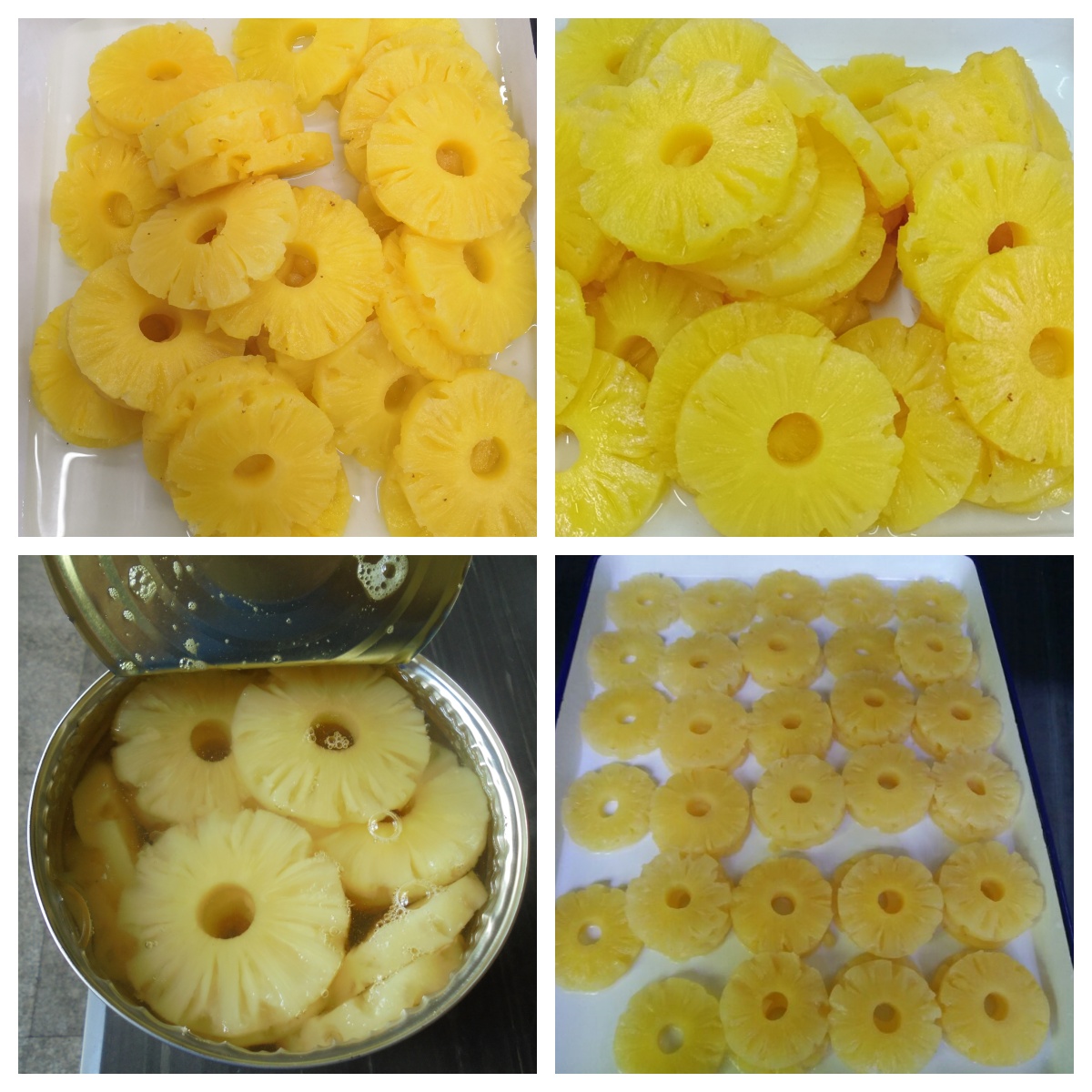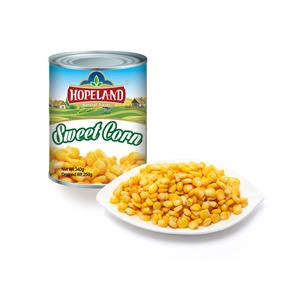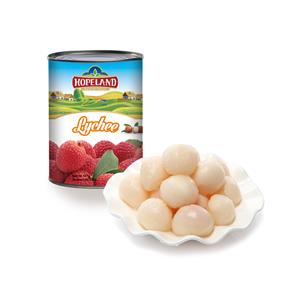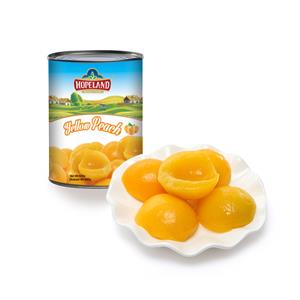2025 Global Canned Pineapple Market Outlook
Introduction
As we move through 2025, the global canned pineapplemarket is facing unprecedented challenges and transformations. After years of relative stability, the landscape has shifted due to persistent climate risks, evolving production patterns, and changing global demand. For procurement managers and sourcing teams in retail, food service, and industrial manufacturing, keeping abreast of the latest trends and formulating agile strategies has become essential.
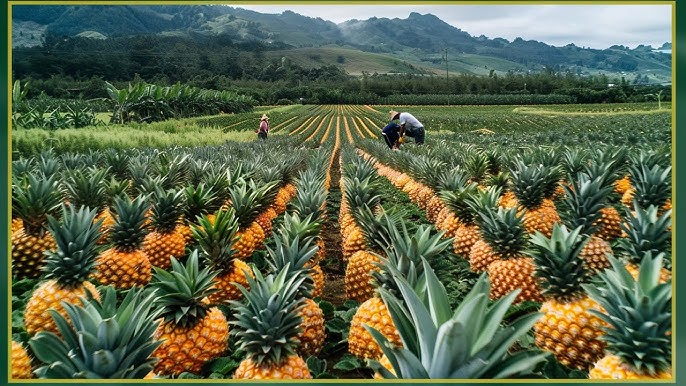
Key Production Regions
China: An Emerging Power in Canned Pineapple Production
Supply Situation:
China's canned pineapple production is on the rise, driven by increased investment in fruit processing facilities and advancements in agricultural practices. Major production hubs such as Guangxi, Hainan, and Guangdong have boosted output, supported by favorable weather conditions and improved cultivation techniques.
In the first quarter of 2025, China's canned pineapple exports reached 280,000 tons, reflecting a 15% increase from the previous year. The country is positioning itself as a reliable supplier, offering a wide range of canned pineapple products to key markets such as Southeast Asia, Europe, and North America.
Outlook:
With a strong focus on quality and innovation, China is gradually moving from a domestic consumption focus to becoming a key exporter of canned pineapple. Strategic government policies supporting agricultural modernization and food processing are likely to sustain this growth.
Thailand: Recovery Stalled by Drought
Supply Situation:
Thailand, once the world’s dominant exporter of canned pineapple, continues to face severe challenges due to prolonged drought and heatwaves influenced by the El Niño phenomenon. Production for the 2024–2025 season is projected at just 710,000–830,000 tons, significantly below the historical average.
Outlook:
Although the industry is actively replanting and modernizing, full recovery is not expected before 2026. The shortage of raw materials has led to multi-year high farm-gate prices, and processing capacity remains underutilized, pushing up export costs.
Indonesia: The Emerging Stabilizer
Supply Situation:
Despite experiencing some drought effects, Indonesia has managed to maintain stable pineapple production, largely thanks to vertically integrated plantations such as Great Giant Pineapple in Lampung Province. This integrated approach ensures a consistent supply chain from cultivation to processing.
Outlook:
Indonesia is increasingly seen as a global “buffer” supplier. While its stable production is reassuring, peak season supplies remain limited, and competition for high-quality fruit is intensifying. Indonesia's role in maintaining market stability is crucial as global buyers seek to diversify away from Thailand.
Philippines: Resilient but Limited
Supply Situation:
The Philippines remains a key player, with 2025 output estimated to exceed 3.1 million tons. Major companies like Dole and Del Monte continue to dominate the market, with steady exports to key destinations such as China, Japan, and the U.S.
Outlook:
Despite stable production, rising domestic consumption and occasional climate challenges may hinder the Philippines’ ability to significantly increase exports. Nonetheless, it remains a critical source of high-quality canned pineapple.
Vietnam: A Fast-Growing Player
Supply Situation:
Vietnam’s pineapple industry is expanding rapidly, with export growth of over 180% in 2024. The country’s estimated output for 2025 is around 800,000 tons. Though relatively small, Vietnam is increasingly popular among buyers looking for flexible sourcing options.
Outlook:
Vietnam’s rapid growth positions it as an alternative supplier, especially during global shortages. However, it is not yet capable of replacing the vast volumes traditionally supplied by Thailand or the Philippines.
Kenya: A Steady Supplier from Africa
Supply Situation:
Kenya’s pineapple production is projected at 300,000–400,000 tons in 2025, with leading processors like Del Monte Kenya maintaining year-round production. Its strategic position as an “off-season” supplier has made it increasingly important for markets in Europe and the Middle East.
Outlook:
Kenya's consistent availability and stable output make it a reliable source during periods when Southeast Asian countries face production challenges. Its growing role in the global market is supported by continuous improvements in agricultural practices.
2025–2026: Supply-Demand Balance and Market Risks
Will Global Supply Remain Tight?
Key Trends: While China’s growing presence as an exporter helps stabilize the market, Thailand’s continued struggle limits the global supply. Indonesia and the Philippines maintain consistent output, but rising global demand strains their capacity.
Newcomers: Vietnam and Kenya are making strides, but their combined volumes are still modest compared to established giants.
Structural Imbalance: Further climate shocks in Southeast Asia could significantly disrupt the supply chain, particularly for premium canned pineapple.
Price Outlook: Elevated and Volatile
Raw Material: Farm-gate prices in Asia, particularly Thailand, are at multi-year highs. The cost of high-quality fruit remains steep, and competition among processors is intense.
FOB Prices: Export prices for canned pineapple have stabilized at $1,200–$1,250 per MT FOB in early 2025, reflecting a 10% increase from pre-pandemic levels.
Volatility Risk: Spot prices may spike during disruptions, while any significant price drops would require consecutive seasons of surplus, which is unlikely given current climatic trends.
Sourcing and Procurement Strategies for 2025–2026
Diversify Supplier Base:
Engage with suppliers from China, Indonesia, Vietnam, and Kenya to mitigate risks associated with single-origin sourcing.
Early Contracting:
Secure long-term contracts before peak production to lock in prices and volumes.
Flexible Pricing Mechanisms:
Opt for contracts with price adjustment clauses to manage fluctuations.
Climate Monitoring:
Track weather patterns through WMO and NOAA to anticipate supply chain disruptions.
Collaboration with Internal Teams:
Work closely with sales and logistics to manage procurement costs and ensure timely deliveries
Production Season Calendar Snapshot
Region | Peak Production Season | Off-Season Supply |
China | June - September | Limited |
Thailand | March - June | Limited |
Indonesia | Year-Round | Moderate Stability |
Philippines | February - July | Moderate |
Vietnam | April - August | Limited |
Kenya | Year-Round | High Stability |
Conclusion
The global canned pineapple market in 2025–2026 will continue to face tight supply and elevated prices due to climatic challenges and shifting production patterns. As China strengthens its role as a major exporter, it will help balance global supply to some extent. However, uncertainties persist, especially with Thailand’s slow recovery.
To navigate this evolving landscape, procurement managers must adopt diversified sourcing strategies, secure long-term partnerships, and stay vigilant about climate impacts. By being proactive and flexible, businesses can better withstand supply chain disruptions and maintain a steady flow of canned pineapple products.

